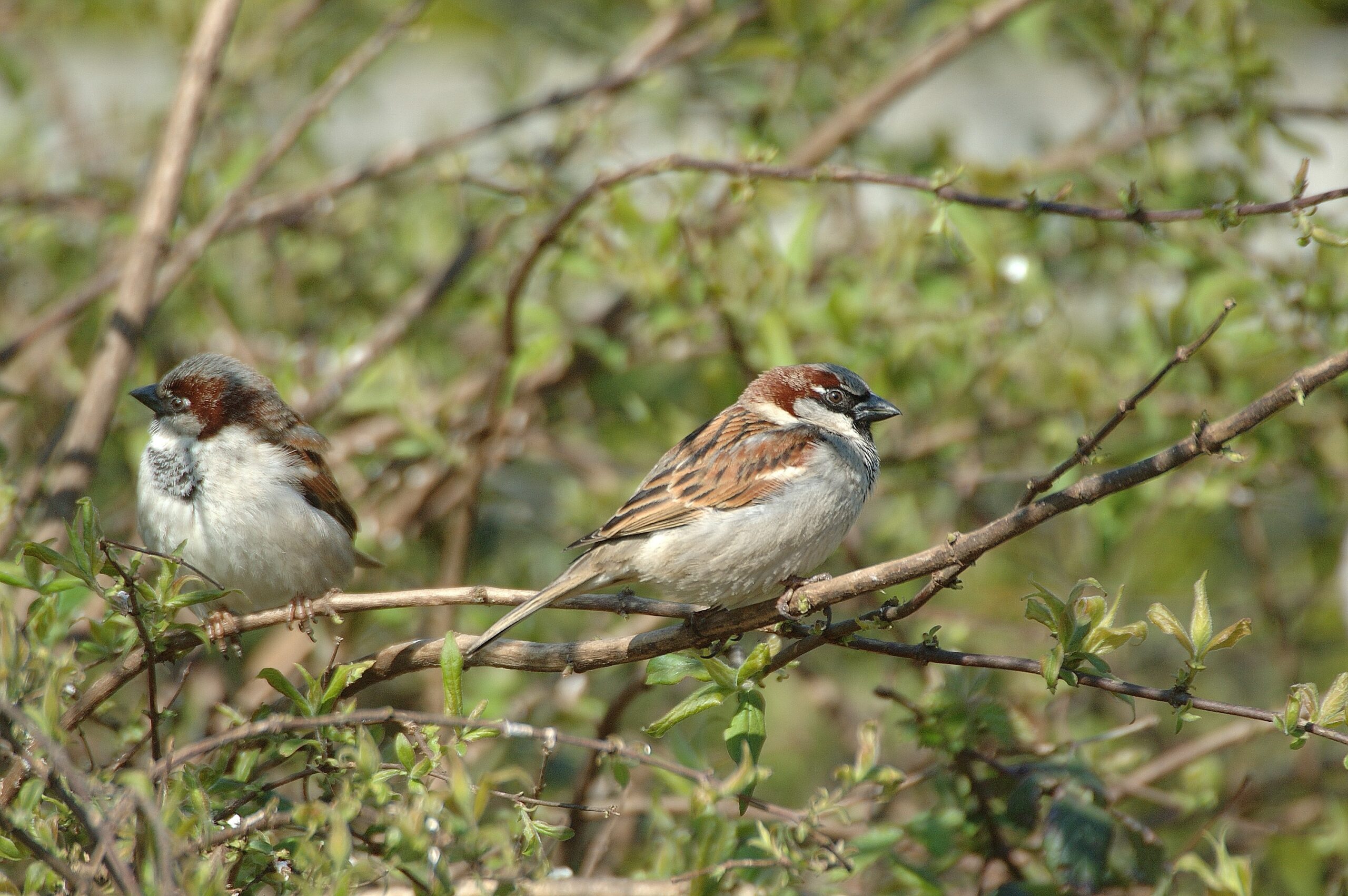When sport meant sparrows

Did you know that a sparrow almost changed the course of history? In January 1820, a youth armed with a small-bore muzzle-loading shotgun was wandering through the gardens of a Regency cottage near Sidmouth, in Devon, in hopeful pursuit of any bird that might cross his path when suddenly, a sparrow flew up, the gun went off and a pane of glass was shattered. The sparrow, we are led to believe, escaped unscathed, and while the fate of the unfortunate boy is shrouded in mystery, what is known is that the charge of shot whistled within inches of the seven-month-old Princess Victoria, at the time ensconced in her nursery.
Had the infant princess been killed by the careless shot, the royal family as we know it today would have assumed a very different guise ? indeed, the stage might have been set for the replacement of the monarchy with a republic.
Today, the scene of the near disaster has been transformed into the Royal Glen Hotel and the window in question is marked by a coloured pane of glass.
Sparrows for sport
House sparrows have had a chequered history and, in terms of sport, tended to fl y in the shadow of pigeon where organised shooting ? the precursor to glass ball and clayshooting ? was concerned, yet these little finches certainly played their part in terms of minor fieldsports.
The enactment of the Game Laws in the 1820s and 30s, and the subsequent restrictions on shooting rights, had forced many members of the working classes to look to other means to pursue legal forms of shooting. This was especially the case among the miners of the North-East, and notably Northumberland. It also provided an opportunity for innkeepers to organise shooting matches, and the more popular sweepstakes and handicaps employed sparrows rather than pigeon.
Such was the popularity of these matches that clubs sprang up across the country, catering largely for the working and agricultural classes. While the more prestigious pigeon shooting matches engaged a wide audience with prizes of up to £100 (a vast sum in those distant days), the sparrow clubs offered challenge shoots for far more modest sums, and the prizes for handicaps and sweepstakes tended to be watches, clocks, cases of stuffed birds and firkins of ale.
It was not just sparrows that were employed as targets in these shooting matches, but also starlings, and it is perhaps not widely known that sparrow and starling shooting clubs were widespread throughout England through the greater part of the 19th century and into the following century, until the practice was brought to a halt by a ban in 1921. During a debate in Parliament relating to the ban, it was revealed that in the previous year one million starlings had been shot at club matches and a further half-a-million sparrows. Some 12,000 starlings were released and shot at one club near London at a cost of four shillings (20p) per dozen. The unfortunate victims of these shooting matches would be sold for consumption, though sparrows tended to be looked on with more favour than starlings. Years earlier, Charles Dickens referred to sparrow matches in his book The Life and Adventures of Martin Chuzzlewit, with the character Poll Sweedlepipe supplying 60 to 80 sparrows for a shooting match.
Catching sparrows
So how would these vast numbers of sparrows have been caught? The principal method employed ? one which was certainly known of in the 18th century and doubtless even earlier ? was called ?batfowling? and entailed the use of a clap net, which consisted of two ash poles, each about 10ft tall, suspended between which was a net with a small mesh and turned up at the base to form a bag about 3ft high. The operators would choose a dry, moonless night for their expedition, in autumn or winter, when sparrows would be roosting in their dozens in ricks or ivy-clad walls.
The idea was simple: about two hours after the birds had gone to roost, the pole-bearers would approach their target, standing close to the wall or rick, with the poles sloping over their shoulders and then, at a signal, would clap the net against the target. At the same time, a third operator would flash a torch or open a lantern in the centre of the net. Startled, the unfortunate birds would dash out toward the light, where they would become entangled in the net and flutter down into the bag section. The net was then laid on the ground and the birds removed to be placed in a basket. Ivy-clad walls were favoured because it was much easier for sparrows to escape from the top or ?eaves? of a rick or, concealed deep in the stack, not to fly out at all.
Many villages across the country had teams of men engaged in sparrow catching, and among them were the Badsey batfowlers. Badsey, a village in the Vale of Evesham, in Worcestershire, was notorious in the region for a gang of tough men who, in the years prior to World War I, spent their evenings swilling drink and marching around the area with clap nets in pursuit of sparrows or, as the locals called them ?dickyspodgers?. Reputedly, they were men not to be trifled with.
Sparrows and other small birds could also be caught using a sieve propped up with a stick to which a length of string had been attached. Bait was laid under the sieve and the operator, hidden behind a bale or door, would tug the string when a number of potential victims were feeding. However, this was very much a schoolboy method, for only a few sparrows would be caught ? sufficient, though, to provide the basis for a sparrow pie, or to be spitroasted over a fire.








